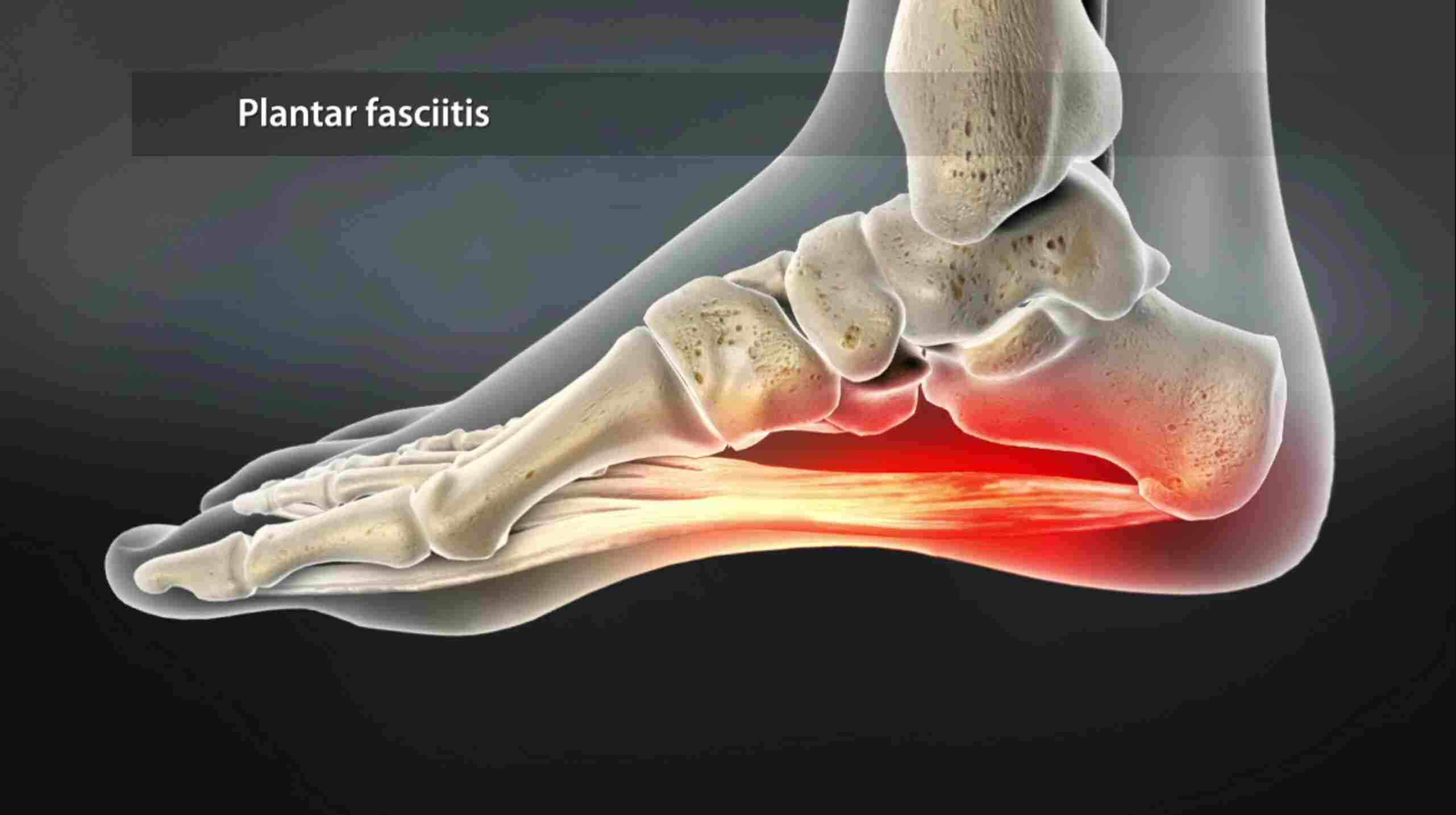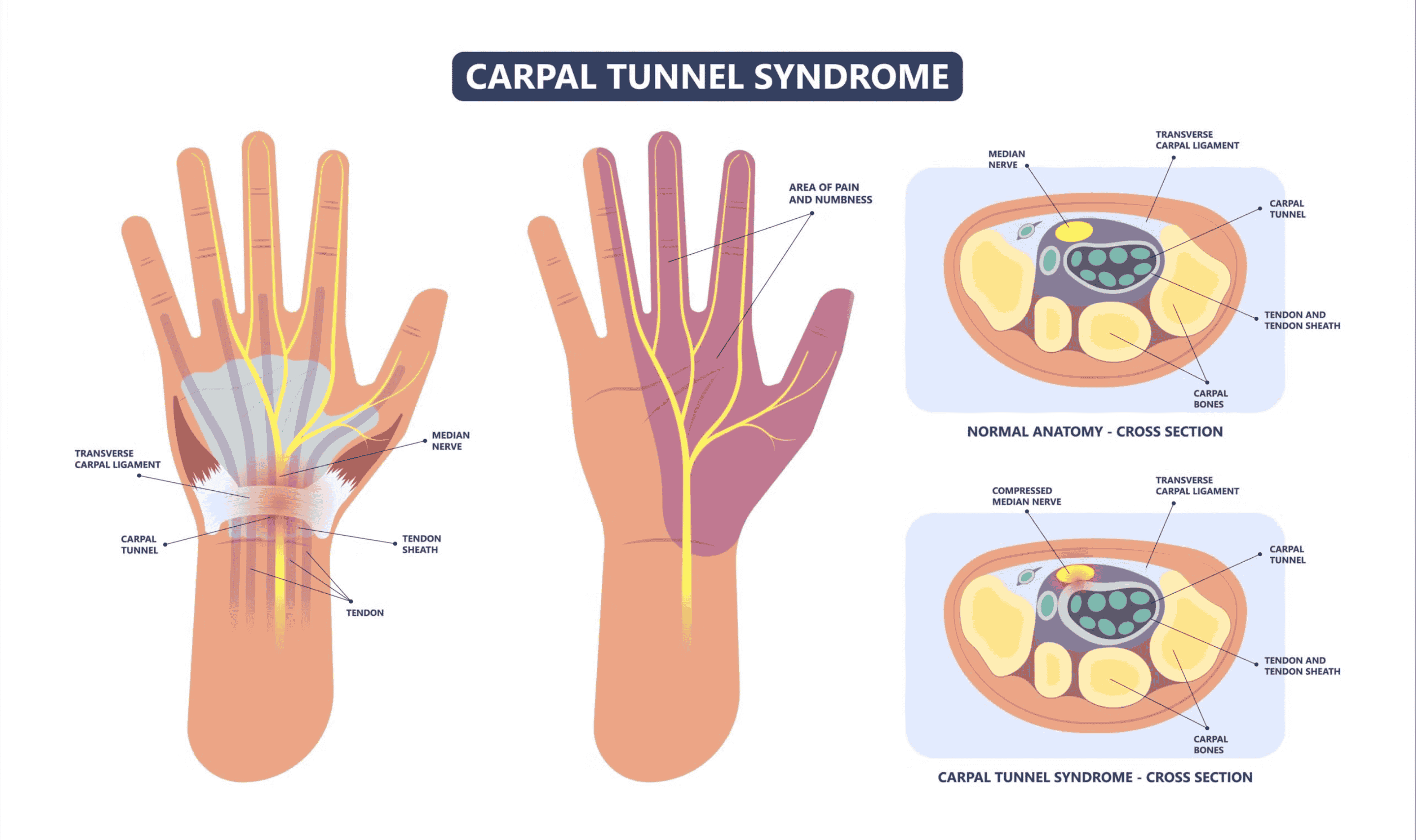A Pain Physician's Approach to Radiation-Induced Nerve Damage
Radiation therapy is essential for treating many tumors and diseases. It brings hope and
healing, but it can also cause radiation-induced neurological damage, brachial plexopathy,
and lumbosacral radiculoplexopathy. These disorders can cause severe pain, numbness,
tingling, and weakness. In difficult times, pain physicians are crucial members of the
healthcare team, providing a comprehensive approach to managing these painful disorders.
This article discusses frequent radiation therapy side effects and how pain specialists treat
them to improve quality of life.
After radiation, common conditions
1: Radiation-Induced Neural Injury
Stressful radiation-induced neuroinjury occurs when radiation therapy damages nerves.
Depending on the location of the radiation therapy, this disorder might affect numerous
body areas. Neuropathic pain, numbness, tingling, and muscle weakness can severely
impact patients' daily lives.
2. Radiation-Induced Brachial Plexopathy
Radiation therapy destroys the brachial plexus, a network of nerves regulating arm and
hand muscles, causing radiation-induced brachial plexopathy. This illness causes extreme
arm pain, weakness, numbness, and limited motion, making even ordinary chores difficult.
3. Lumbosacral Radiculoplexopathy from Radiation
Radiation therapy damages the lower back and pelvic nerves, causing lumbosacral
radiculoplexopathy. This illness causes severe discomfort, muscle weakness, numbness, and
difficulty walking and controlling bowel and bladder function.
Treatment by a Pain Physician
Pain physicians specialize in treating complex pain problems like radiation-induced brain
damage. Their multimodal, tailored treatment aims to reduce pain and improve quality of
life.
1. Thorough Evaluation
A thorough patient assessment is the first step for pain physicians. This evaluation
determines nerve damage, discomfort, and daily life effects. The cornerstone for a
personalized treatment strategy.
2. Medication Management
Radiation-induced nerve damage neuropathic pain requires medications. Pain specialists
provide drugs to relieve pain, inflammation, and nerve function. Analgesics,
anti-inflammatories, and nerve-specific medicines are examples.
3. Interventional Methods
Pain doctors use different interventional treatments to treat patients:
Nerve Blocks: Nerve blocks temporarily inhibit pain impulses with targeted anesthetic
injections. This method provides instant relief and works well for acute discomfort.
Epidural Steroid Injections: Epidural steroid injections treat spine diseases like
radiation-induced lumbosacral radiculoplexopathy. These injections minimize
inflammation and pain, improving mobility and function.
4. Neuromodulation Methods
Neuromodulation is an advanced treatment for radiation-induced nerve injury-related
persistent pain.
SCS: Spinal Cord Stimulation In severe, chronic pain, SCS is considered. A gadget sends
regulated electrical impulses to the spinal cord, masking or overriding pain sensations. This
method can relieve chronic discomfort.
Peripheral nerve stimulation: Peripheral nerve stimulation reduces pain like SCS by
targeting peripheral nerves. Localized nerve injury patients benefit from this method.
5. Physical Therapy and Rehabilitation
Pain specialists work with physical therapists to create customized workout routines.
Mobility, strength, and nerve function are improved in these exercises. Physical therapy
helps patients recover and avoid further decline.
6. Counseling and Education
Radiation-induced neurological damage is emotionally difficult. Pain specialists consult and
educate patients to help them manage their illness. This involves pain management, coping,
and lifestyle changes to reduce pain's influence on daily living.
7. Multidisciplinary Cooperation
Pain experts collaborate with oncologists and neurologists. This coordinated approach
ensures patients receive comprehensive pain and underlying disease therapy.
8. Customized Treatment Plans
Pain specialists customize treatment programs to each patient's needs, preferences, and
responses to interventions. This tailored technique improves pain alleviation.
9. Long-Term Management:
Pain doctors emphasize the management of chronic pain. They closely evaluate patients
and alter treatment tactics to promote continuous comfort and a better quality of life.
Radiation-induced neurological injuries, brachial plexopathy, and lumbosacral
radiculoplexopathy patients benefit from pain physicians. Their interdisciplinary pain
treatment strategy, which includes medication, interventional procedures,
neuromodulation, physical therapy, counseling, and multidisciplinary collaboration, gives
radiation therapy patients hope and relief. Dr. Minhaj Akhter, a cancer pain specialist,
helped patients with these difficult illnesses live better by tailoring treatment strategies
and focusing on long-term care.

2.jpg)




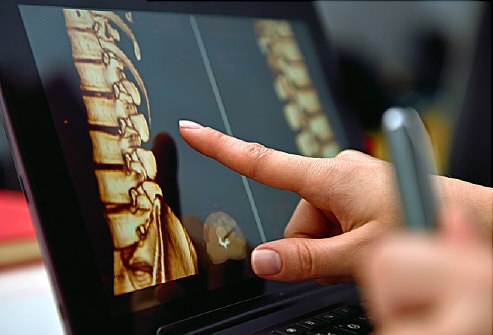



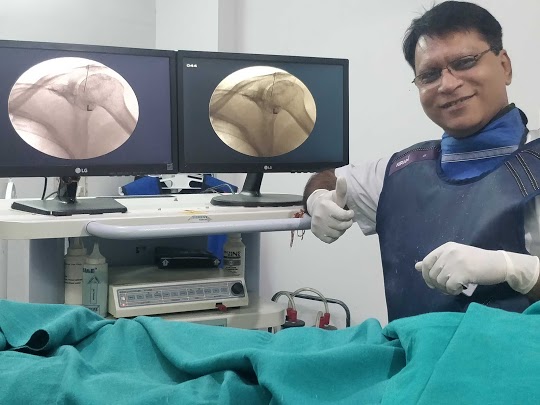





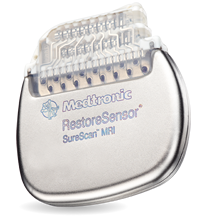







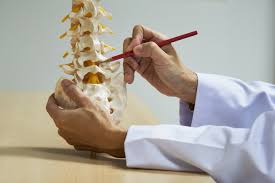
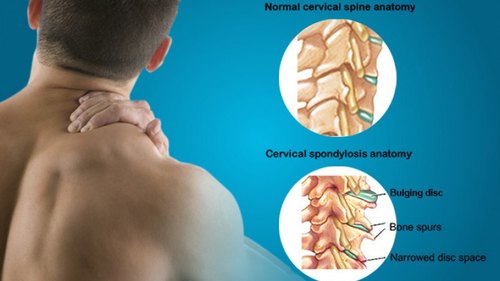
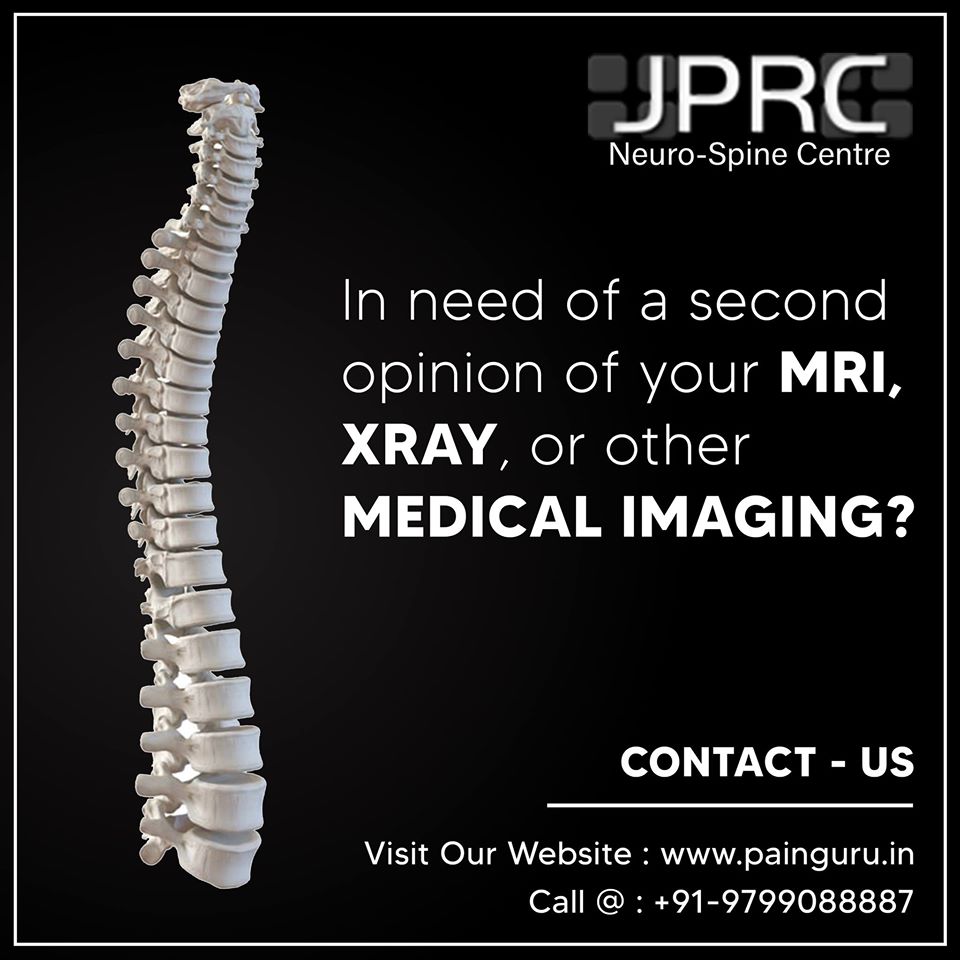
















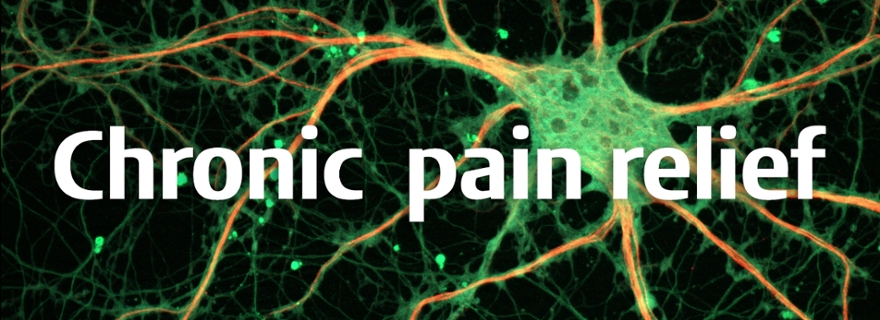


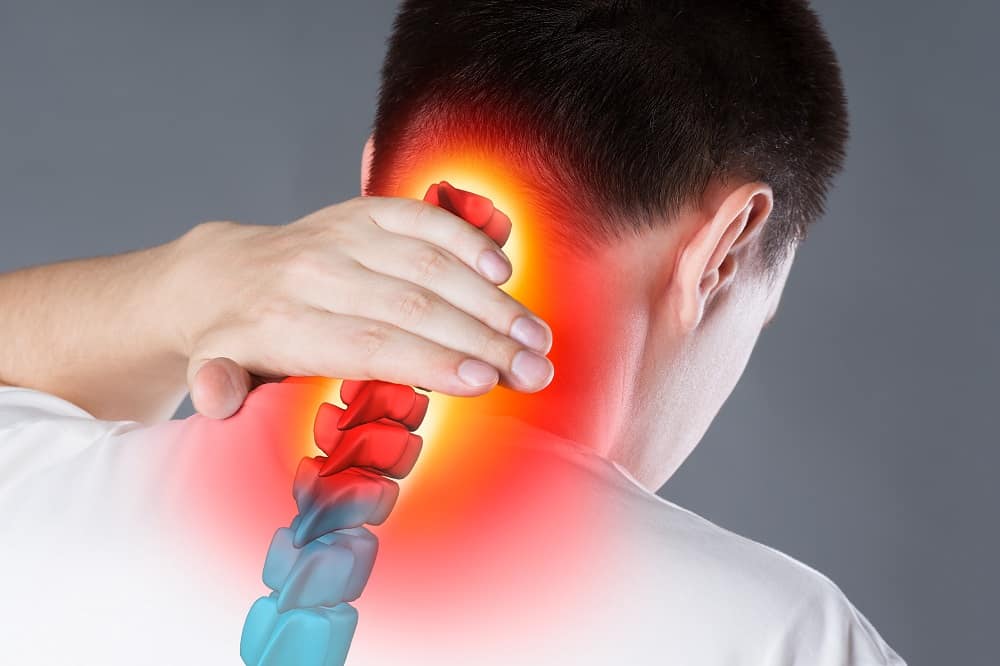
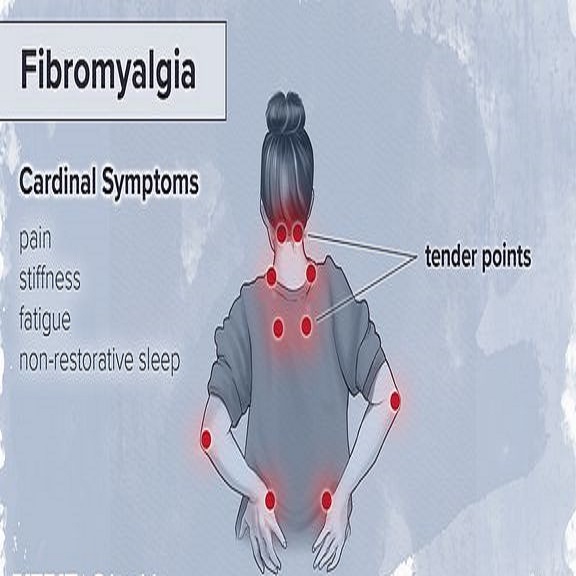
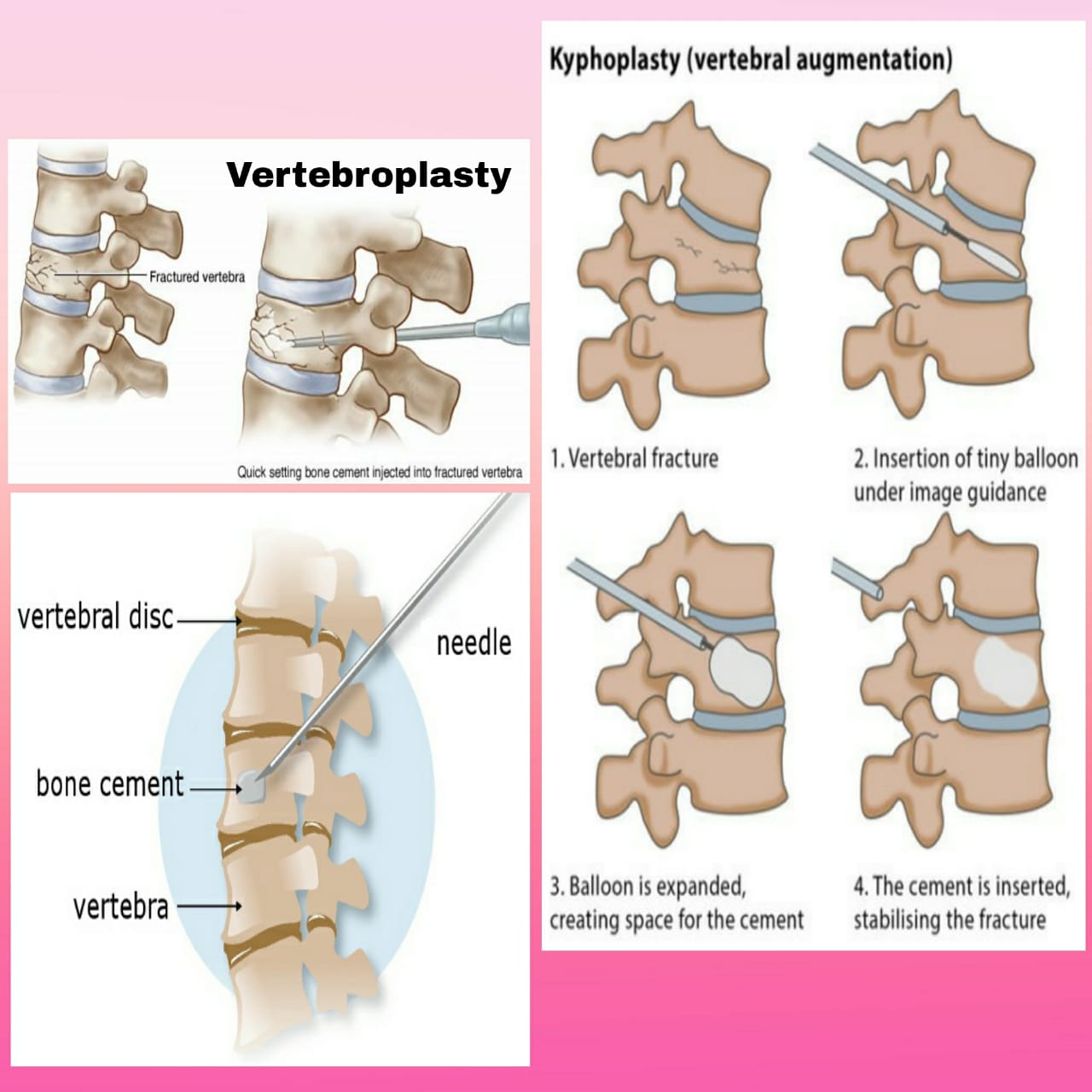


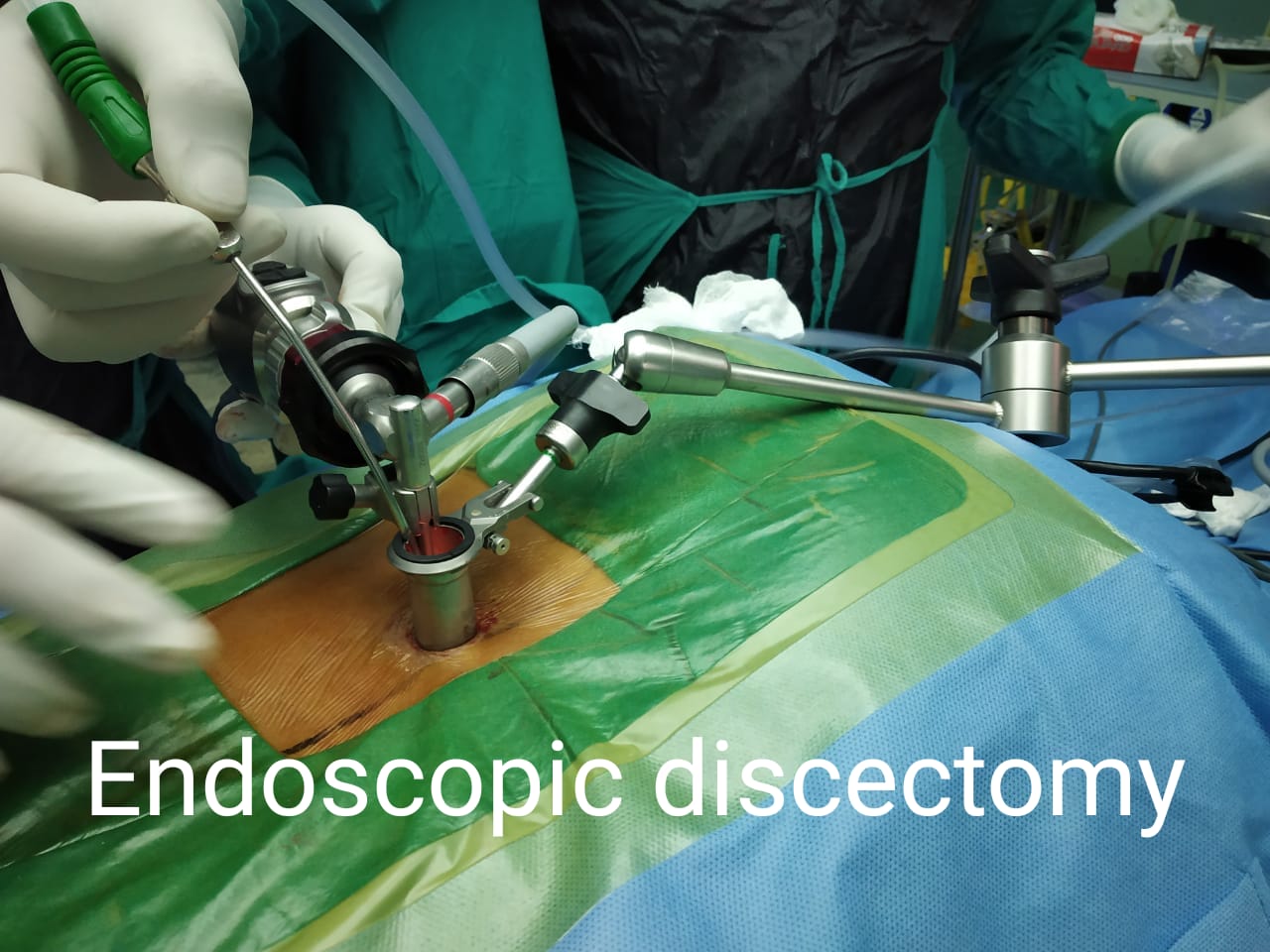



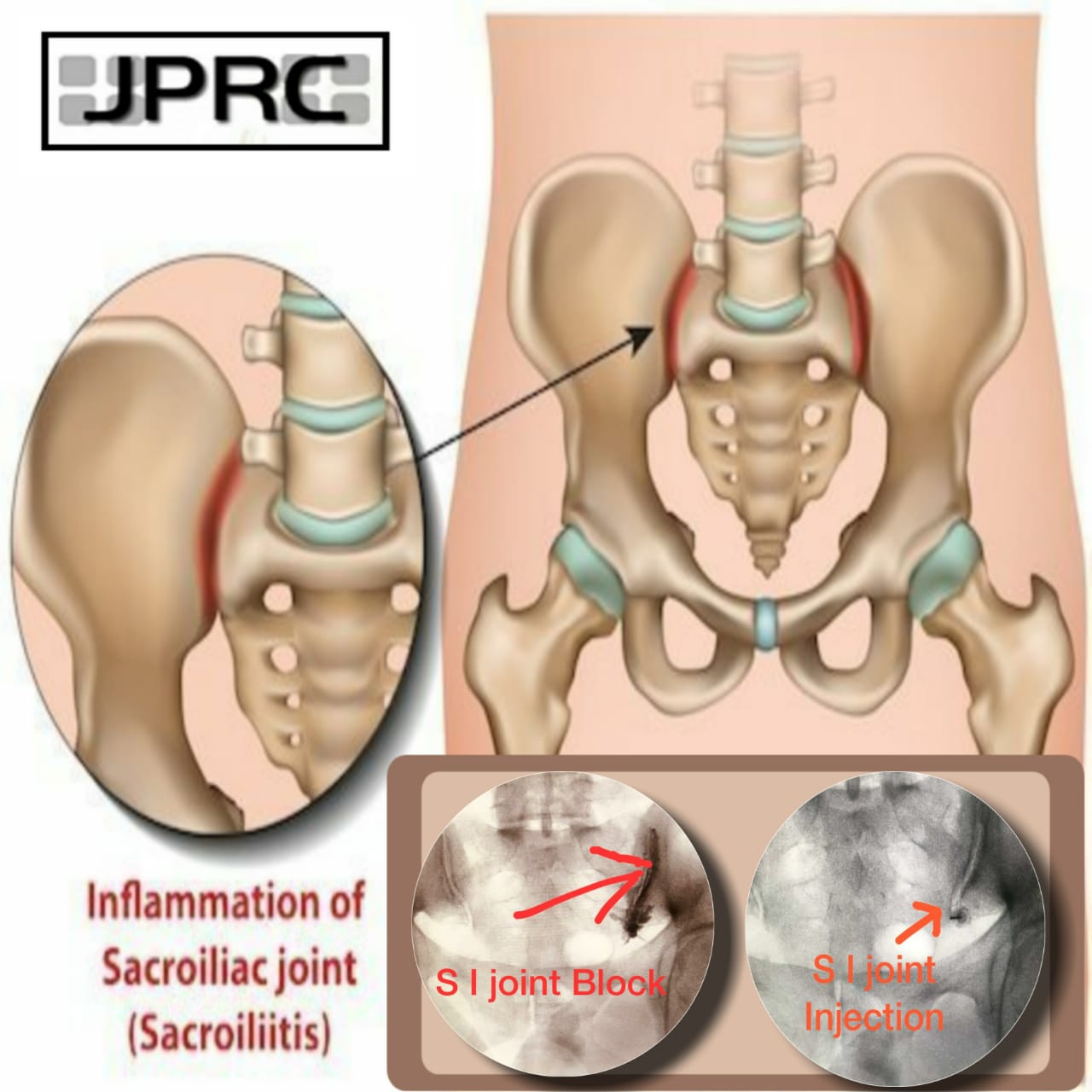





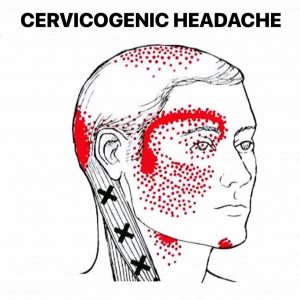




.jpg)








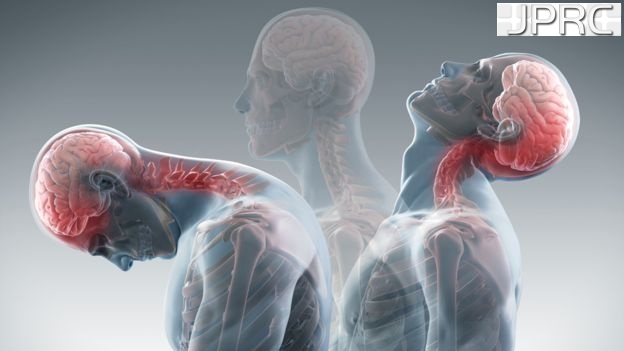


_Injection_Description_in_Hindi.jpg)








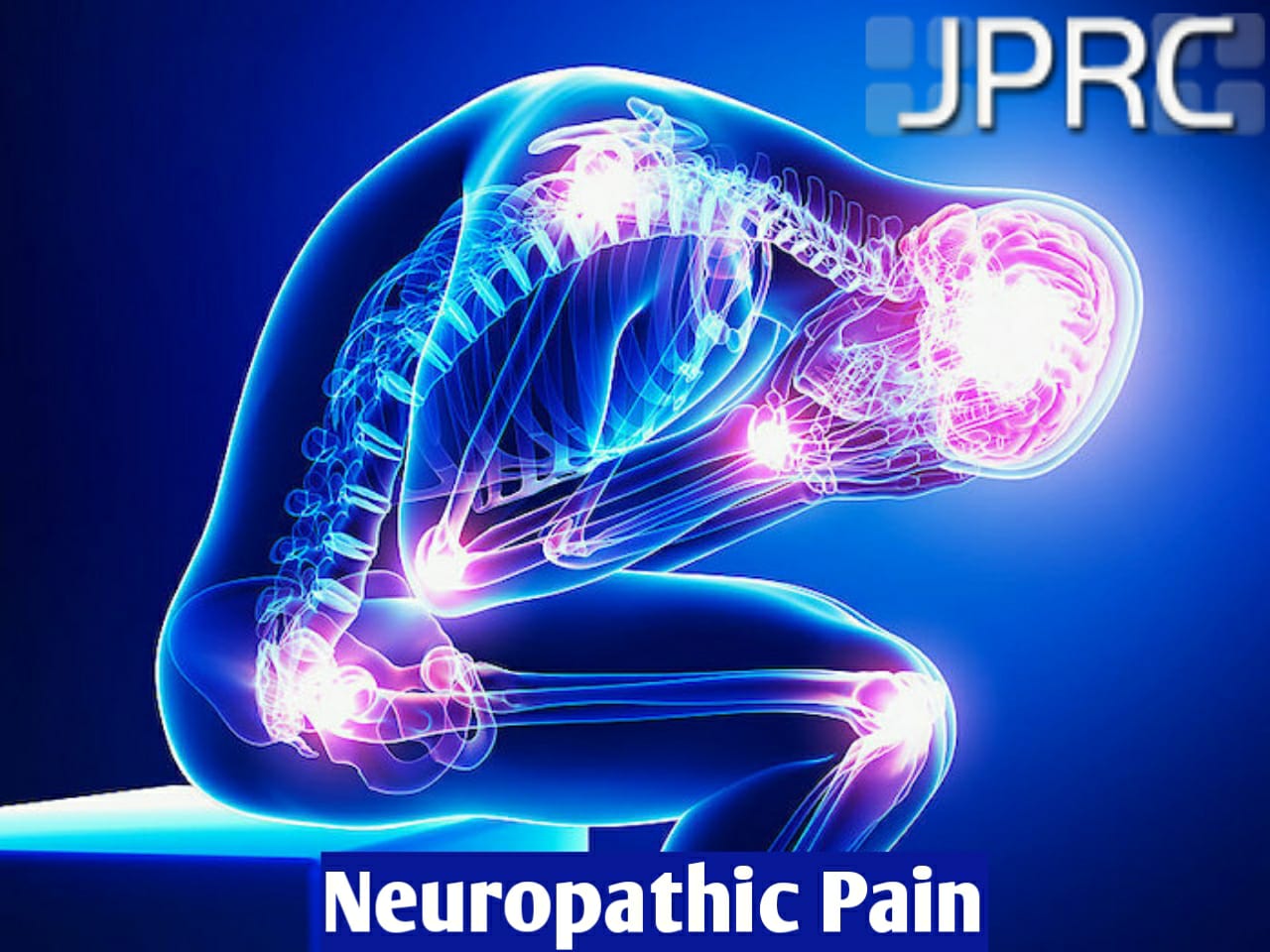
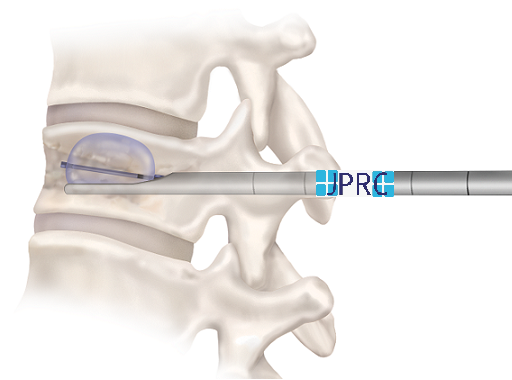
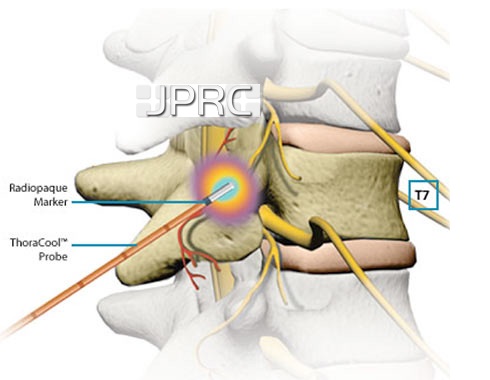



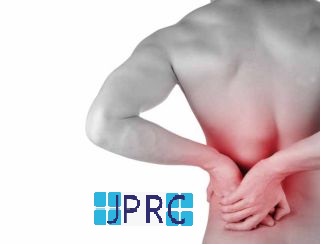

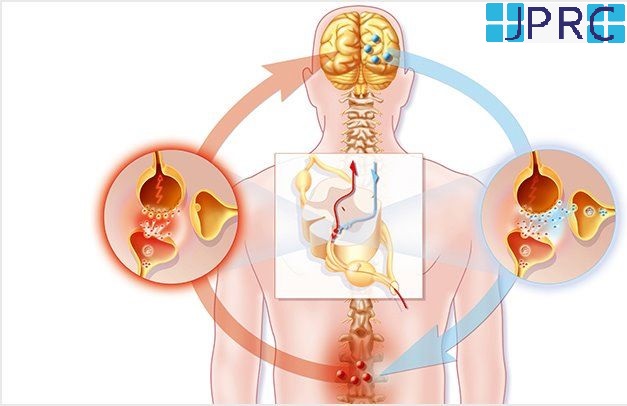


.jpg)




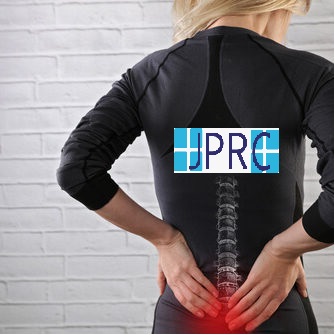



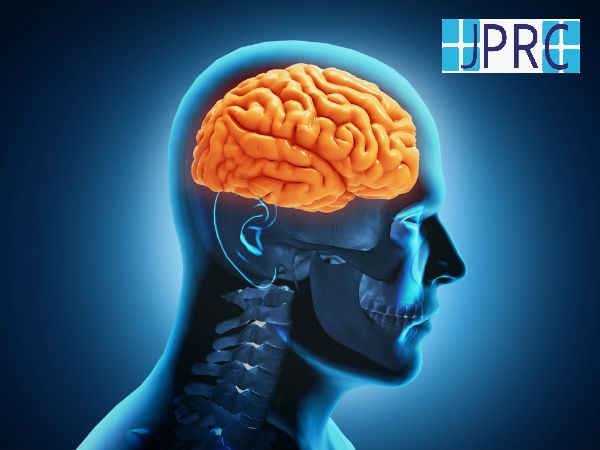

.jpg)
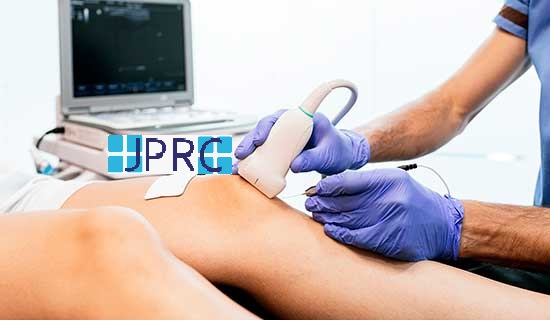

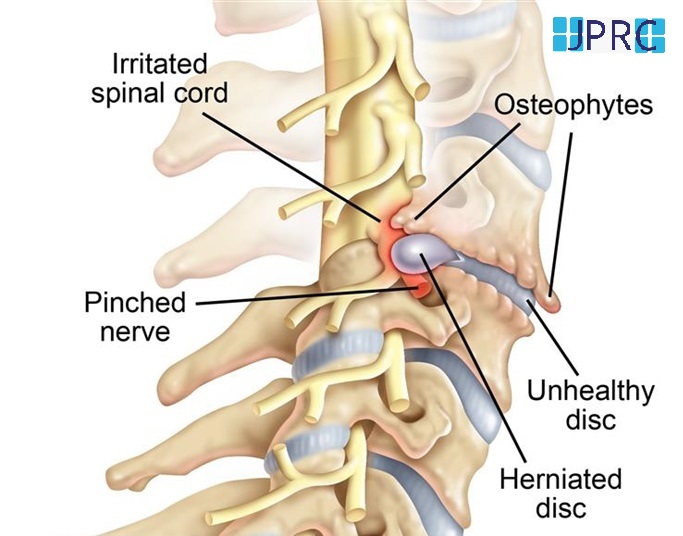

.jpg)
.jpg)
.jpg)







.jpg)
.jpg)
.jpg)
.jpg)
.jpg)
.jpg)
.jpg)
.jpg)
.jpg)
.jpg)
.jpg)
.jpg)
.jpg)
.jpg)
.jpg)
.jpg)
.jpg)
.jpg)
.jpg)
.jpg)
.jpg)
.jpg)



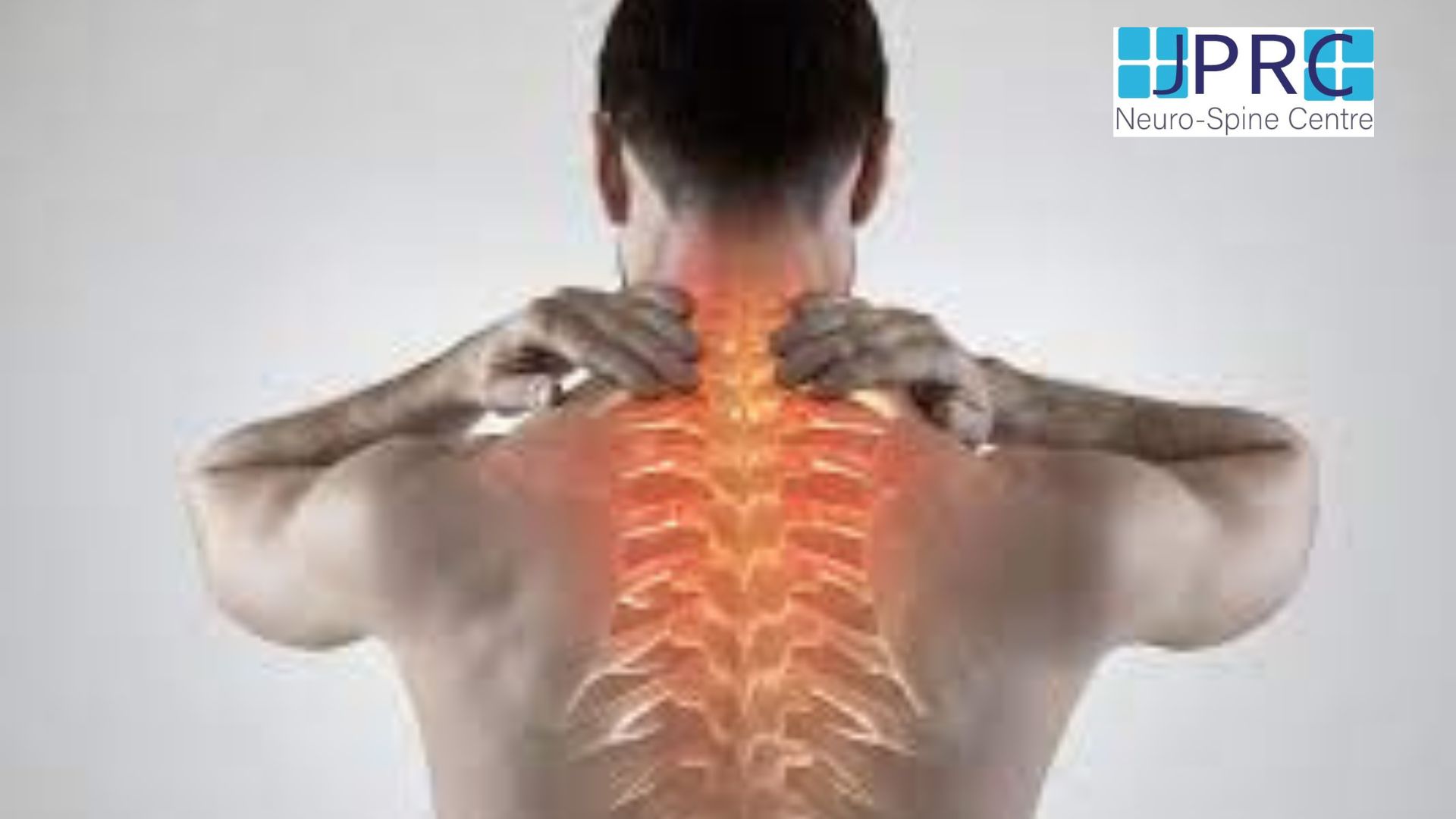




1.jpg)
1.jpg)
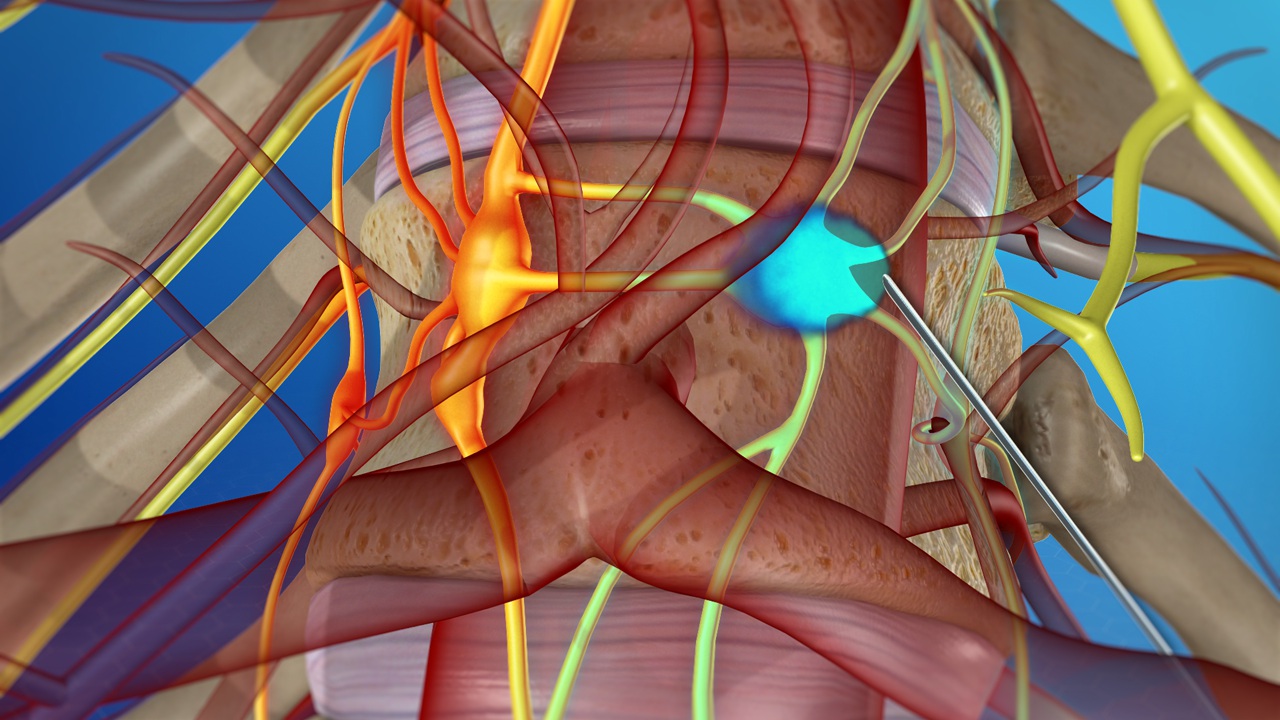
1.jpg)
1.jpg)
1.jpg)
1.jpg)
1.jpg)










2.jpg)
3.jpg)

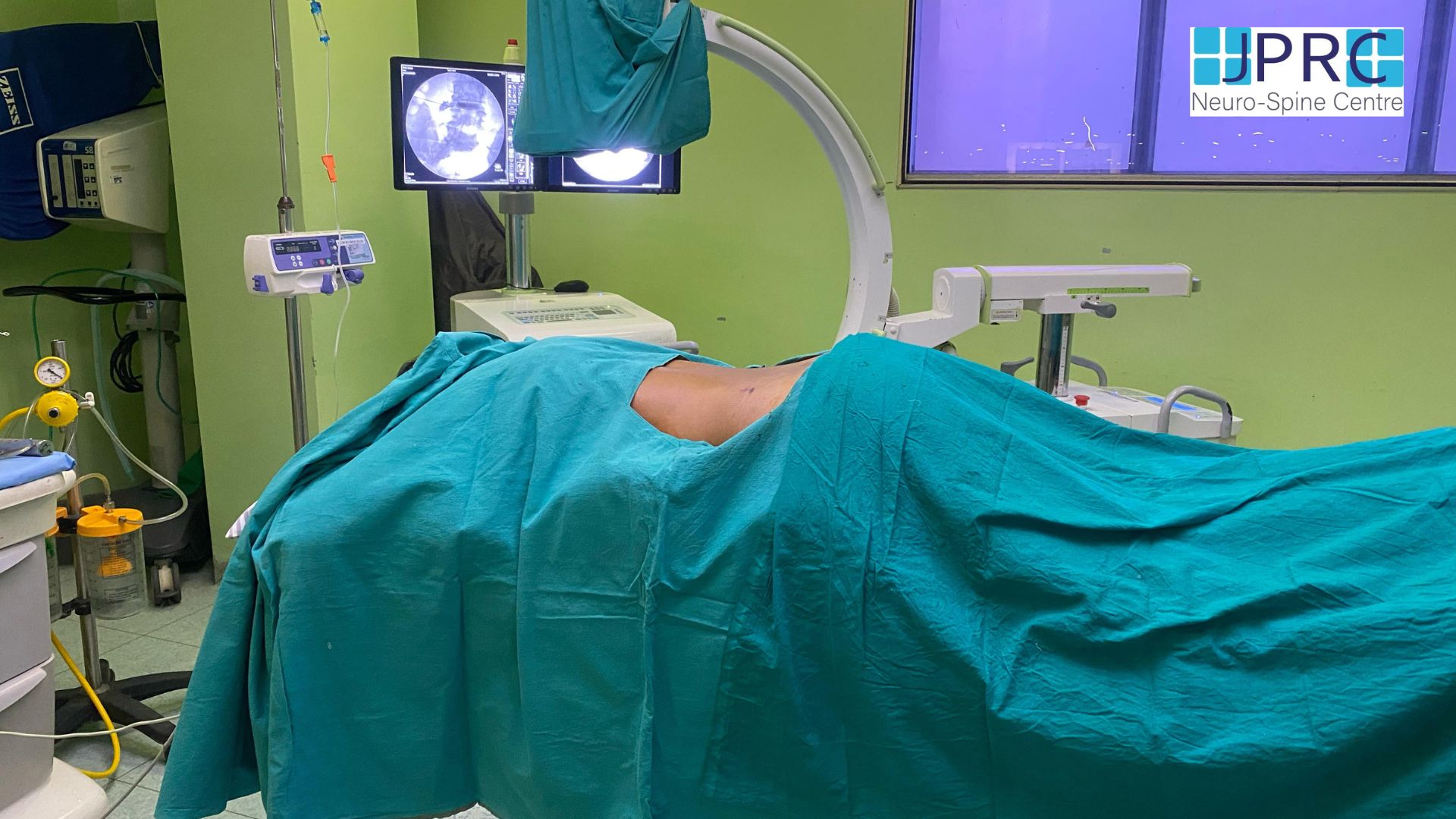

4.jpg)
1.jpg)
2.jpg)

5.jpg)
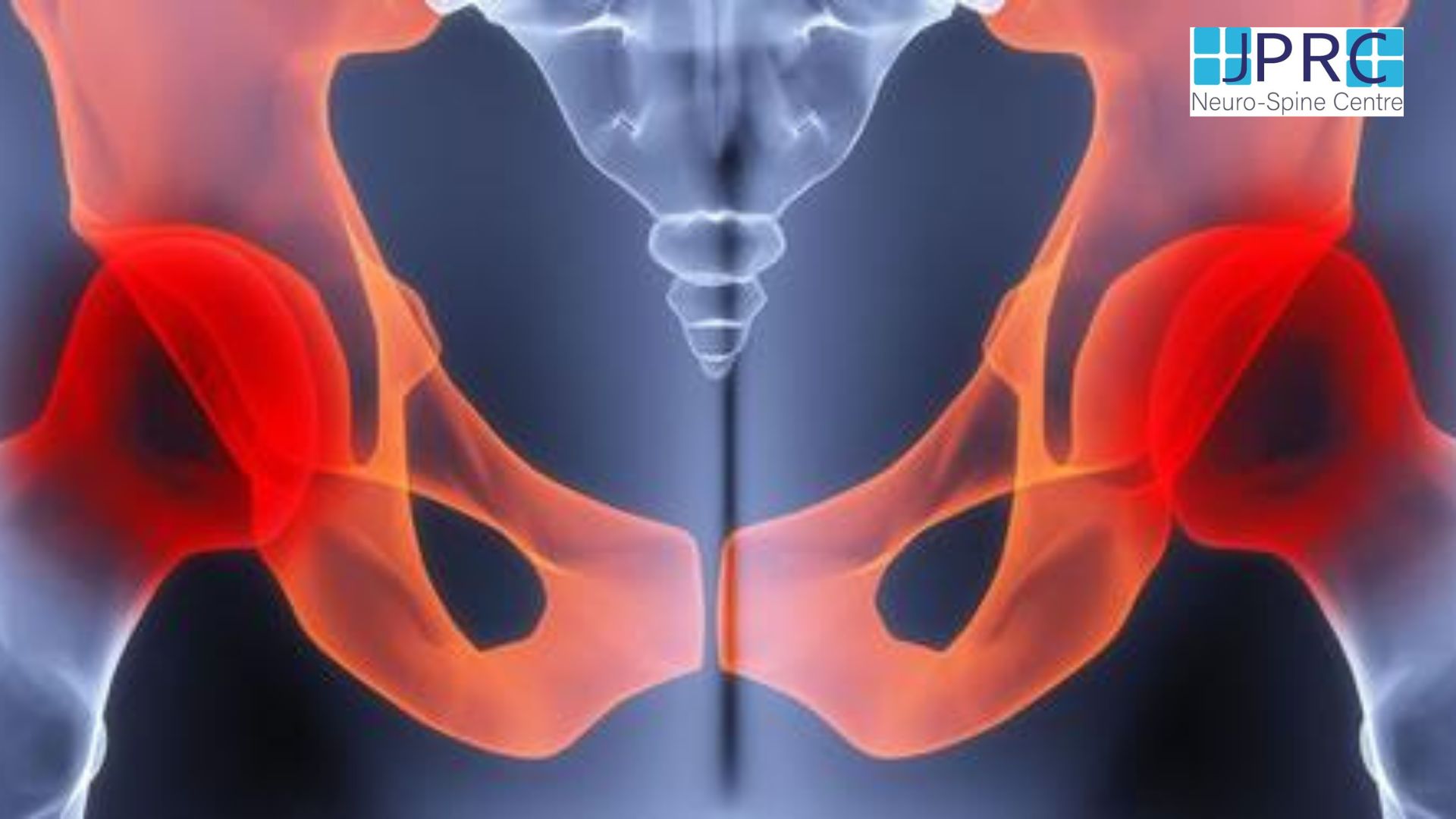
6.jpg)
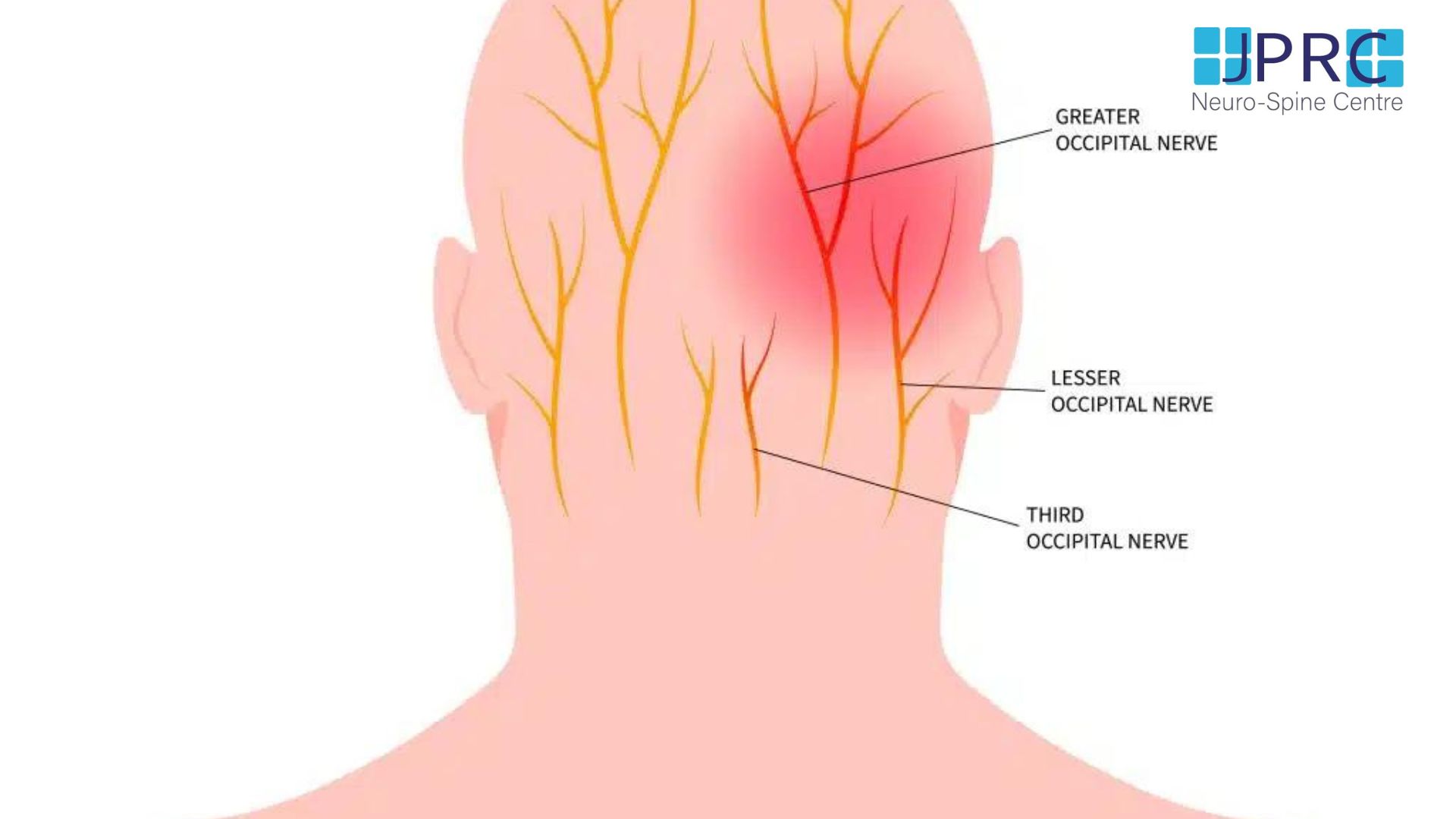


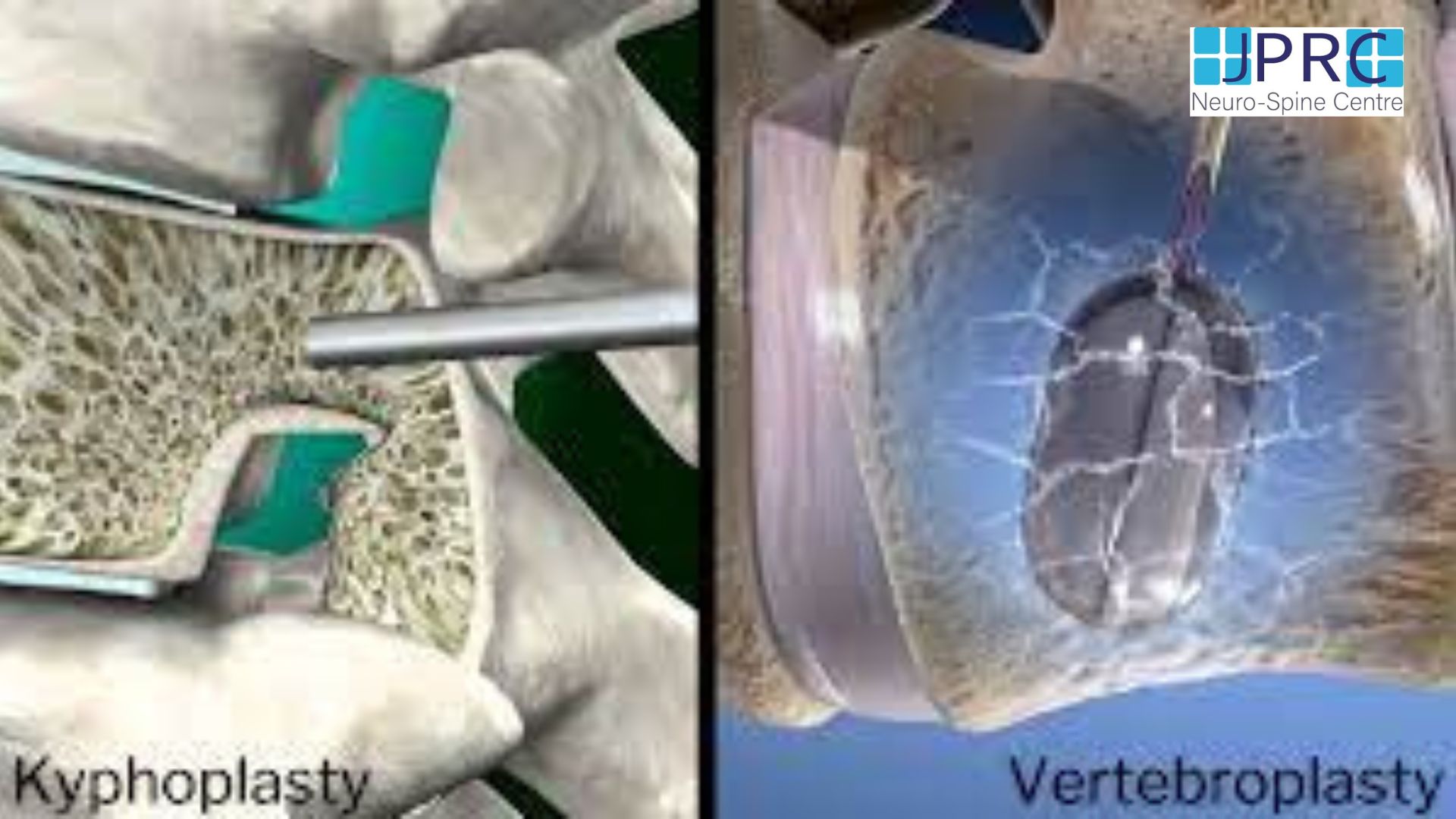
7.jpg)
2.jpg)

8.jpg)

9.jpg)
3.jpg)

10.jpg)

11.jpg)


12.jpg)
4.jpg)




























